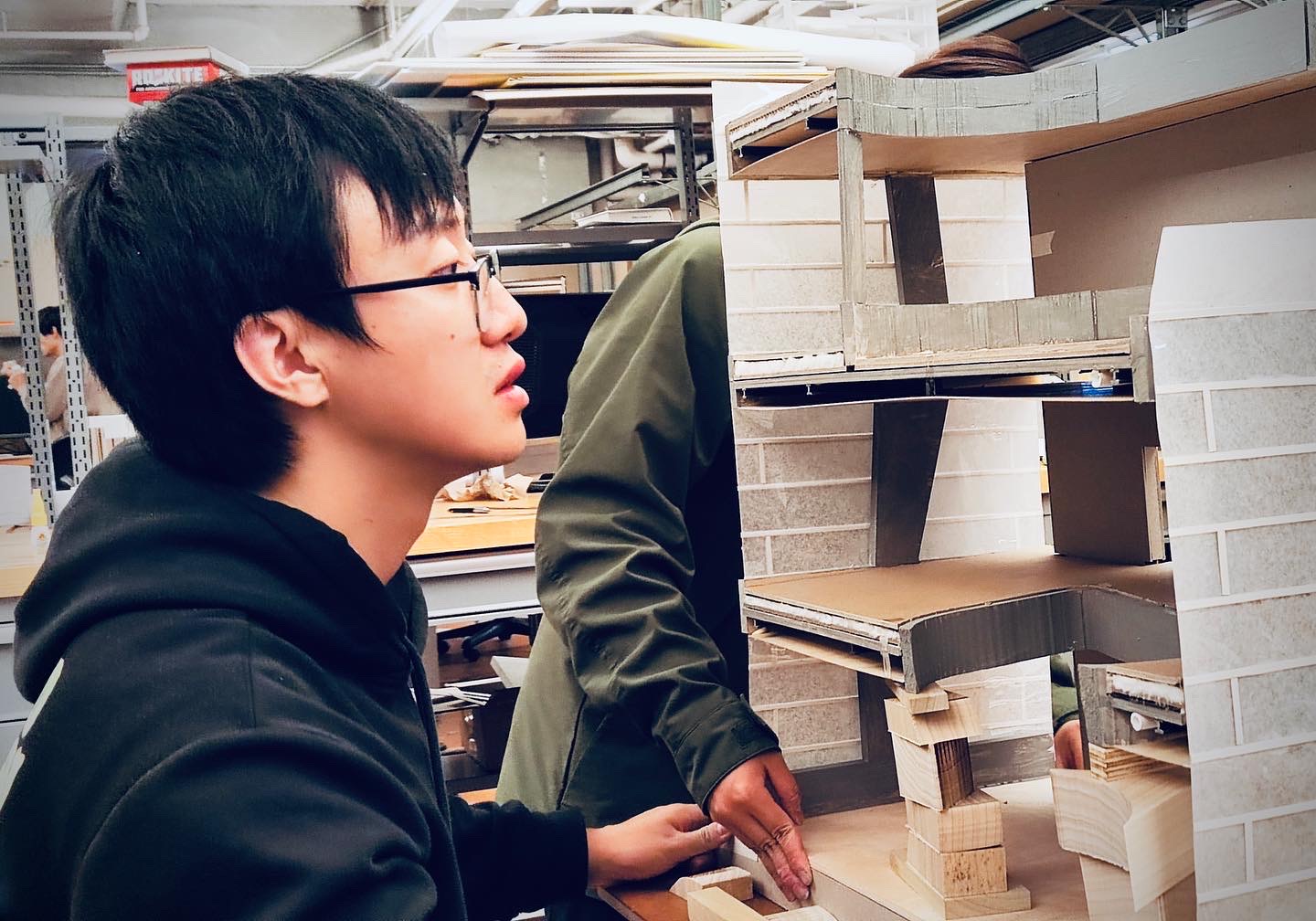We’re excited to introduce you to the always interesting and insightful Yuntian Shi. We hope you’ll enjoy our conversation with Yuntian below.
Alright, Yuntian thanks for taking the time to share your stories and insights with us today. So, let’s start with trends – what are some of the largest or more impactful trends you are seeing in the industry?
One of the biggest trends in the current architectural design industry is the growing attention on Mass Timber, which is leading to its increasingly widespread application in architectural projects. This building material not only provides more comfortable working and living environments for users, but also significantly reduces the environmental and climate impact of construction activities.
After minimal processing, Mass Timber is structurally strong and, when left exposed, brings a natural feel and color to interior spaces—enhancing the overall sense of well-being for occupants. This is something that traditional materials like steel and concrete cannot achieve.
From the perspective of sustainability in architecture, Mass Timber also plays a critical role. In the United States, the abundance of forest resources makes timber relatively easy to obtain. Compared to steel and concrete, Mass Timber’s lighter weight results in lower greenhouse gas emissions during transportation. Furthermore, when combined with the inherent qualities of wood, its lightness allows for more sustainable and creative construction methods. For example, in the Portland International Airport, completed in 2024, the entire roof was constructed using Mass Timber. During construction, the roof components were prefabricated at a nearby facility, then transported and installed on-site using large machinery. The whole process was fast, efficient, and resulted in significantly reduced greenhouse gas emissions. This project is a remarkable example of how Mass Timber, when combined with smart design, can produce extraordinary outcomes.
Therefore, because Mass Timber contributes to environmental improvement across all stages—from sourcing, processing, and transportation, to construction—it is becoming an unignorable trend in the future of the architectural industry.

Great, appreciate you sharing that with us. Before we ask you to share more of your insights, can you take a moment to introduce yourself and how you got to where you are today to our readers.
My passion for the architecture industry stems from my love for the architectural design process itself—such as creating drawings and physical models. After completing my undergraduate studies in China, I came to the United States in 2022 to pursue a graduate study in architectural design, and it was during my first internship in the U.S. that I developed a strong interest in Mass Timber as a building material. As a result, I chose to focus on a Mass Timber–specific design studio in the following academic term, and after graduation, I have continued to explore and research the application of this material in architecture through a series of Mass Timber projects in real world.
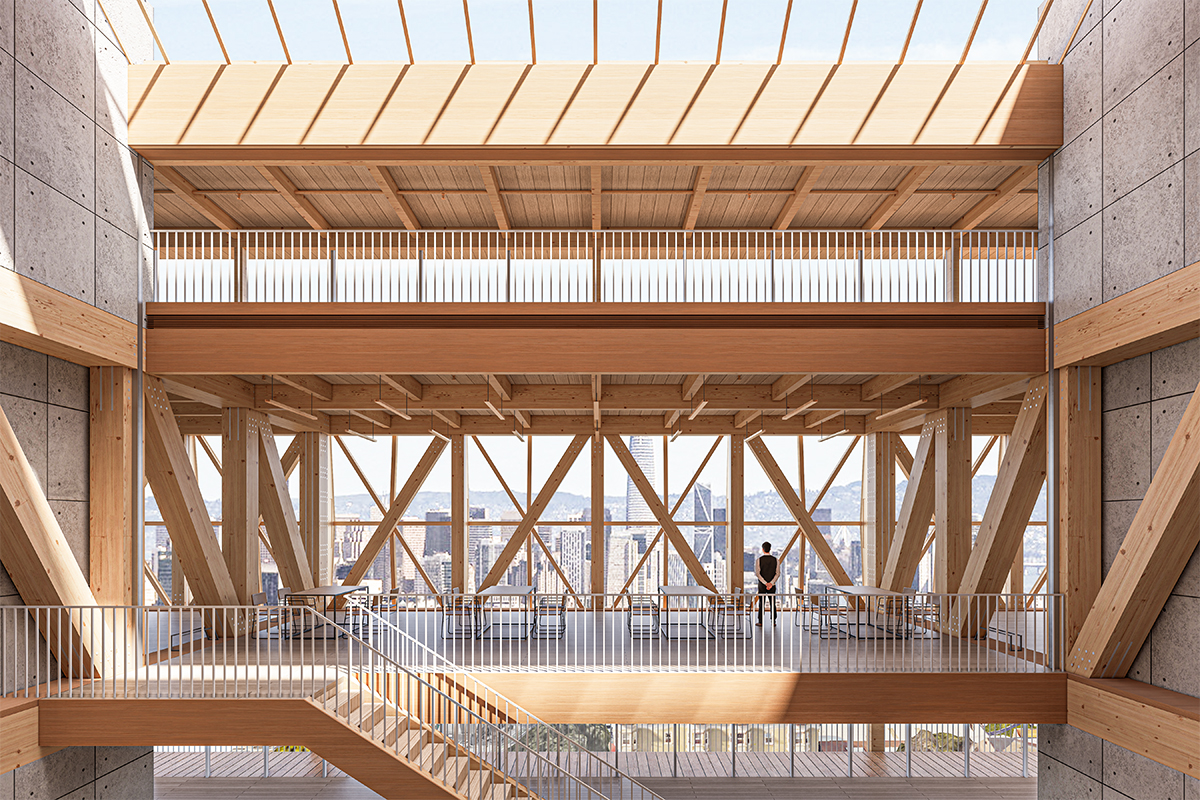
For you, what’s the most rewarding aspect of being a creative?
For me, the most rewarding aspect of being a creative designer is that the work no longer feels like work—it’s something I genuinely look forward to doing every morning when I wake up. This kind of intrinsic motivation has brought a great deal of peace into my life.
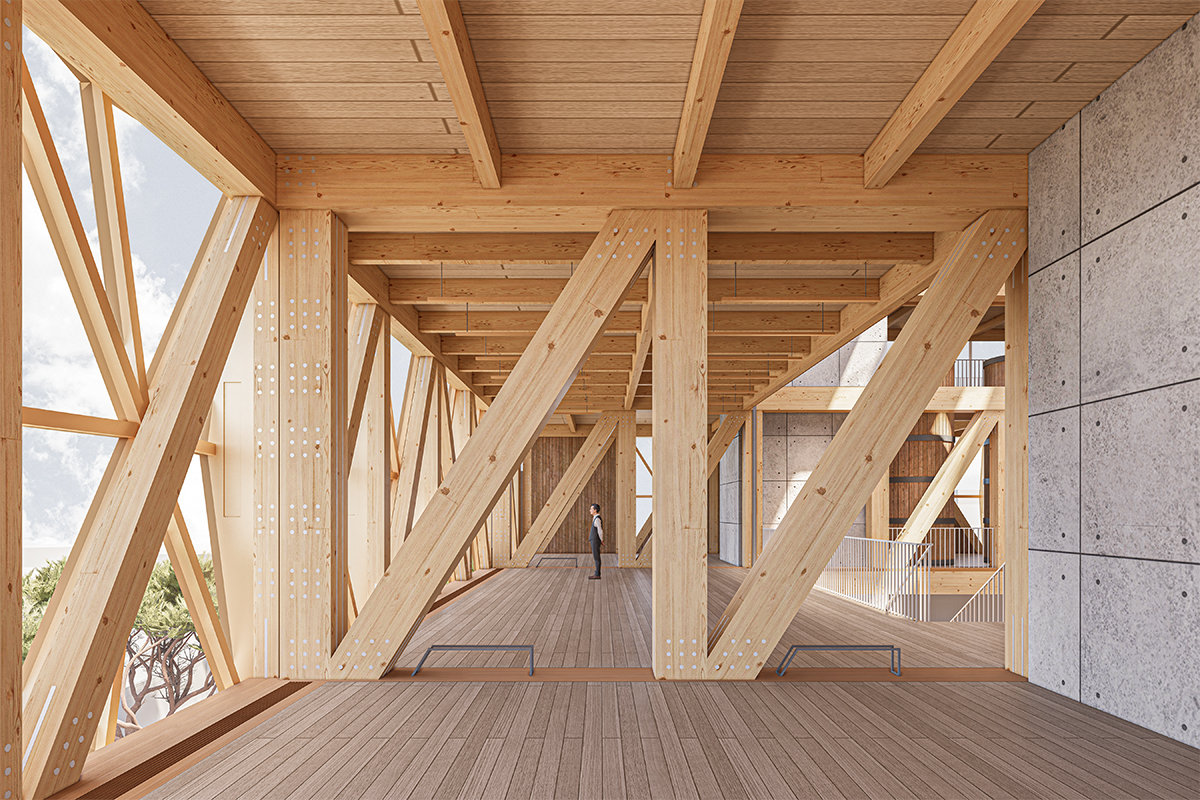
Is there a particular goal or mission driving your creative journey?
My goal is simple: to become a good architectural designer. Since I am already part of this industry and truly passionate about it, my aim is not to outshine others with exceptionally outstanding designs, but rather to do my best on every project I take part in. Continuous learning and the accumulation of knowledge through real-world projects are essential efforts in achieving this goal.
Contact Info:
- Instagram: yuntian_shi
- Linkedin: https://www.linkedin.com/in/yuntian-shi-b474aa1a4
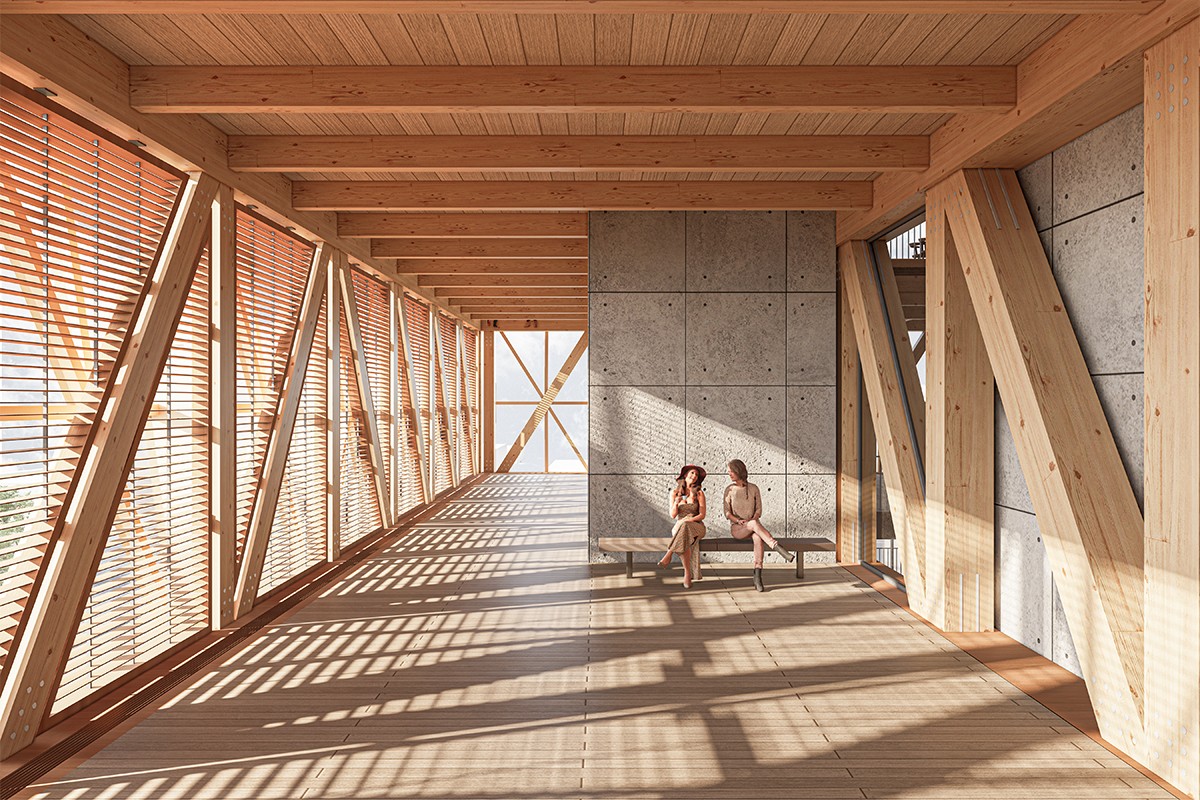
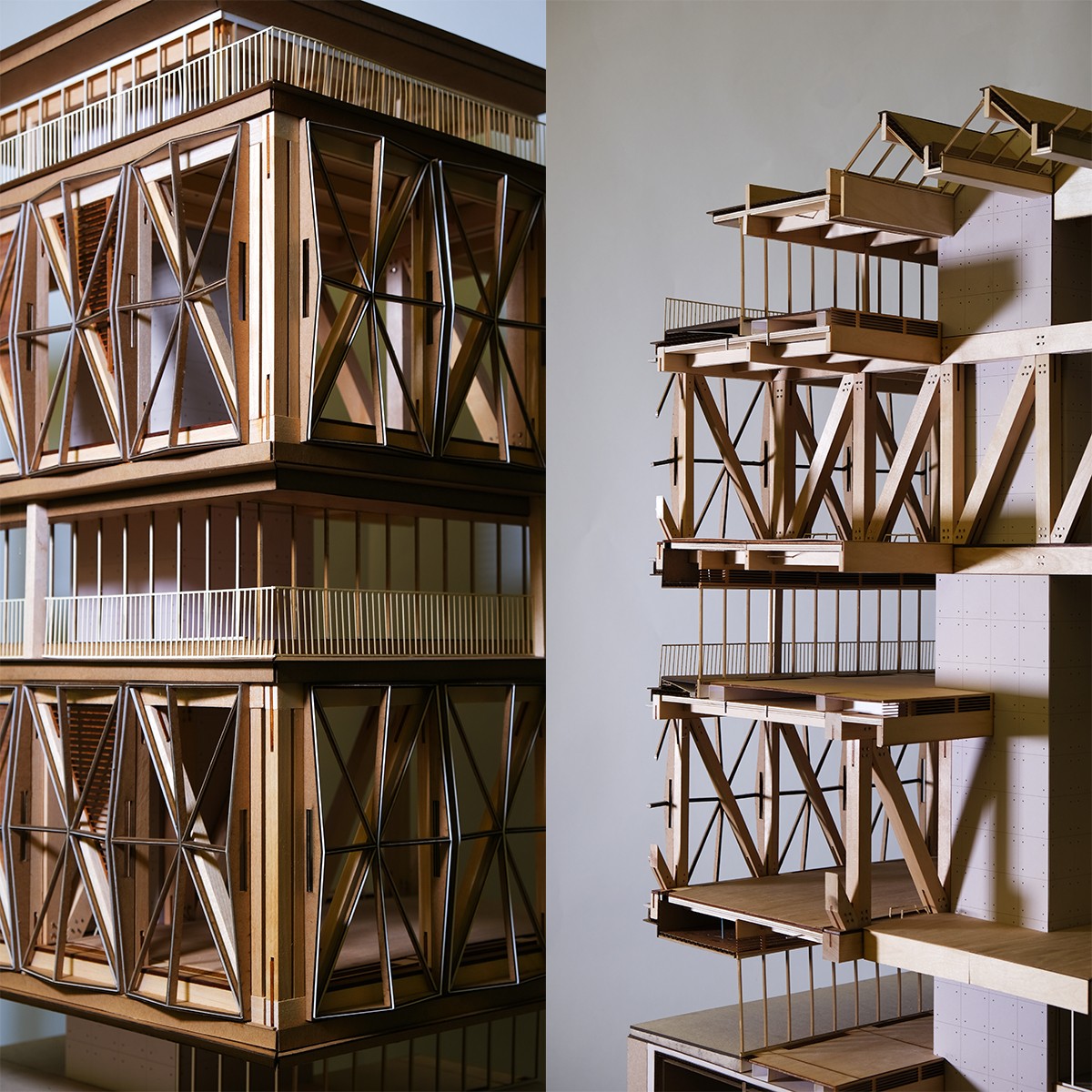
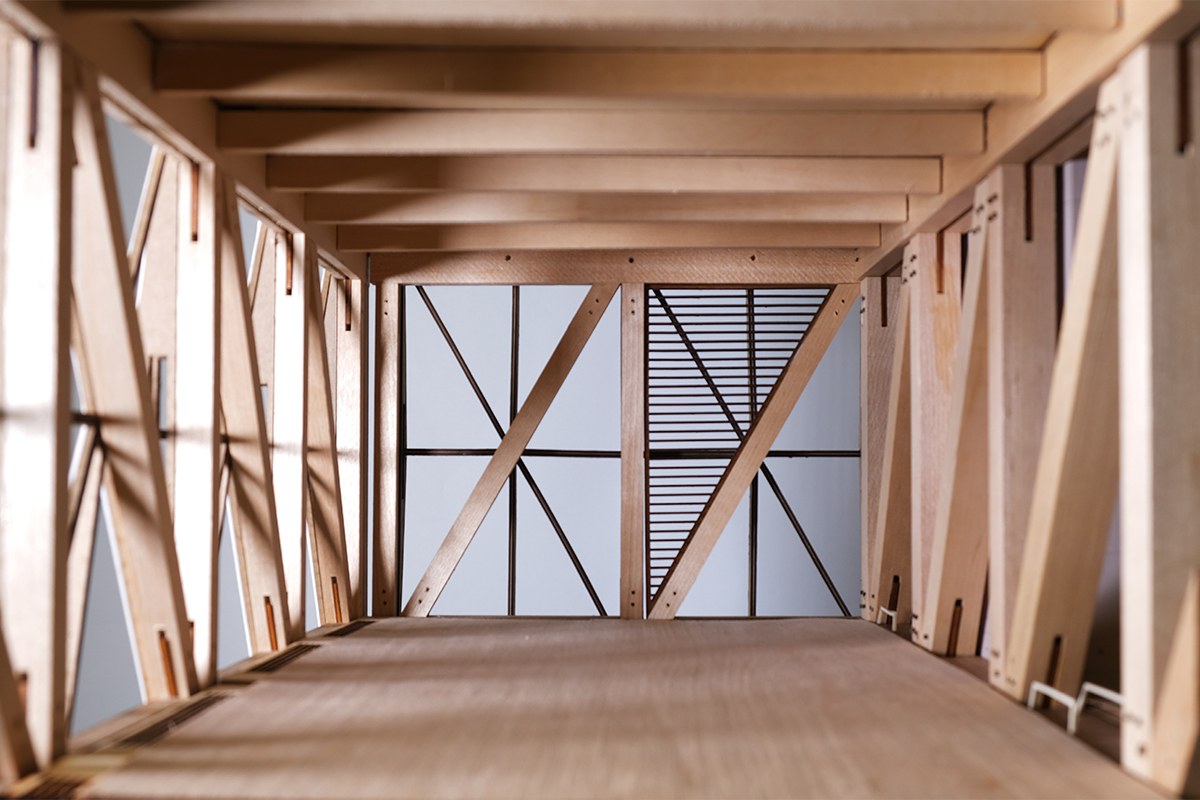

Image Credits
Yuntian Shi


